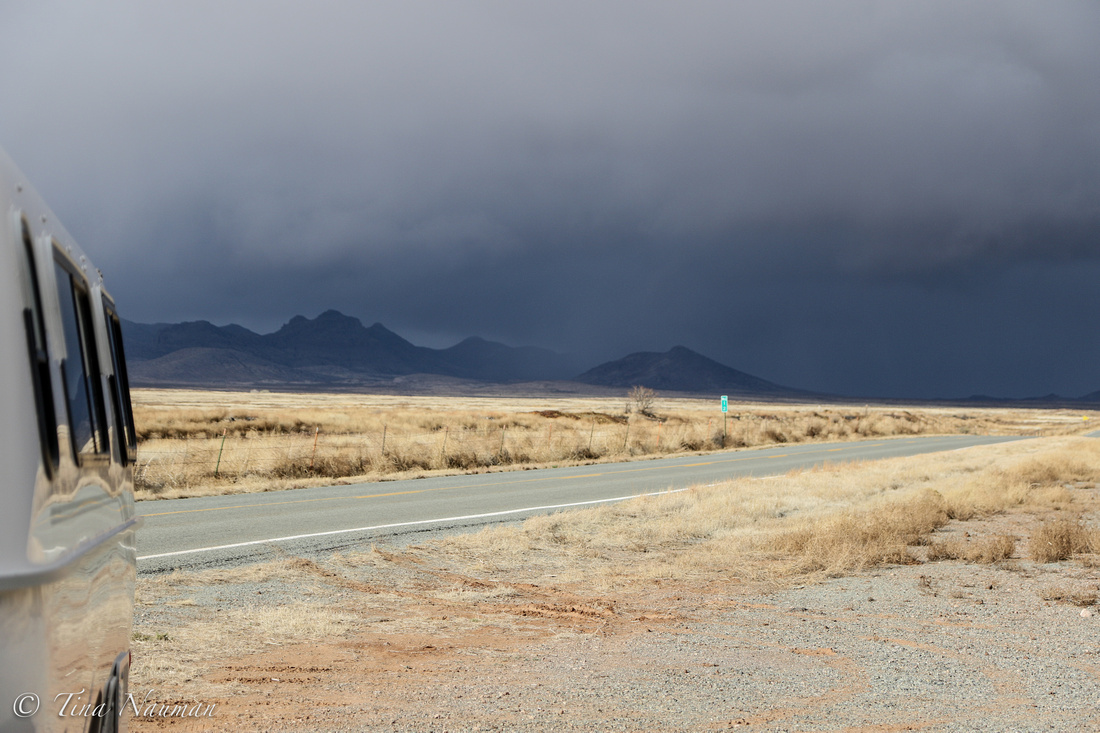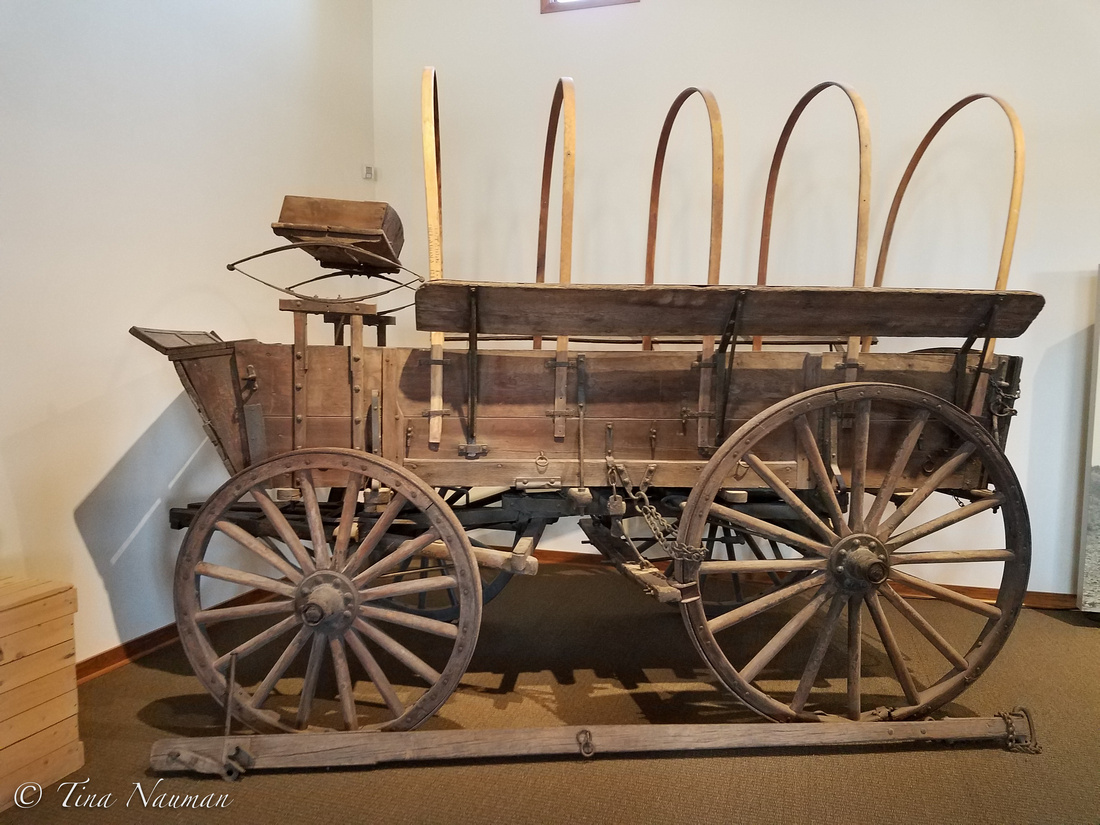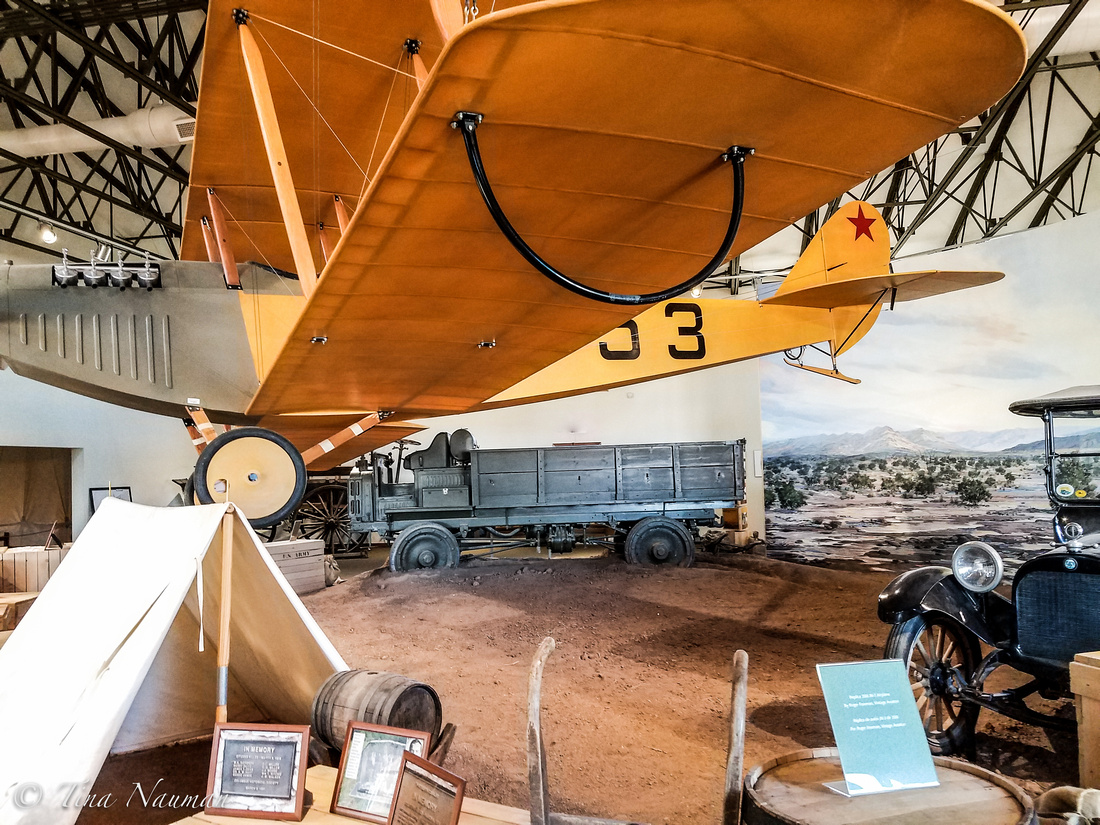On to Pancho Villa State Park
On Tuesday, the day before pulling out of the Portal/Rodeo area I went ahead and hooked up the Casita, dumped the gray and black water tanks, filled up the water tank and stored the hose. If I had waited I would have been doing all the outside work in high winds, snow, rain and cold temperatures. During the night the wind rocked me awake as the Casita shook and shuddered. In the morning I only had to raise the rear stabilizer jacks, unhook the electric cord, hook up the power cord to the Yukon and give Josie a quick walk.
When I jumped in the car the mountains were draped in ominous black clouds with a few snow flakes being blown by strong winds. However, in the direction I was headed I could see sunshine! I was lucky as on my drive I had light winds, no rain and beautiful desert and mountain scenery as I traveled 90 miles on Highway 9 to Pancho Villa State Park for a one night stay. My site is level so I didn't even unhook from the car as the weather followed me in with gusting winds and rain showers. In the morning I will be able to head out quickly.


On my short trip I encountered 17 Border Patrol vehicles, a group of Border Patrol ATVs, and headquarter buildings. There were also towers with multiple types of cameras. They were laying some odd cable and I'm thinking it might have been vibration-sensitive equipment. The only way from the border to Tucson or Phoenix would be to cross Highway 9. I obviously am in an active corridor.
I picked this location due to its history and it has a small but good museum and a knowledgeable and entertaining volunteer to tell the story. This is a piece of history I knew nothing about and it all happened in the months when my parents were born. I had no idea we were attacked by the Mexicans in 1916!
Pancho Villa attacked Columbus, New Mexico and its small army installation in March, 1916. This was the first attack on United States soil since Fort Sumter in 1861. There was an immediate retaliation known as the Punitive Expedition that was meant to capture or kill Pancho Villa and disrupt his army. This was also the time when the Suez Canal was being completed and many thought the United States should extend its border to the canal. Within 10 days the 300 man outpost swelled to 10,000 as trains ran 24 hours a day to bring in men and supplies. The expedition was led by Brigadier General John Pershing and one of his aides was George Patton. I believe James McCarthy also participated.
The Great War (or World War I) was becoming harder for the United States to stay out of so there may have been the intention to test new technology such as planes, trucks, cars, machine gun mounted cars, armored cars and trucks, motorcycles, machine guns, tanks, and more, all of which were used by the United States first in Mexico and then in Europe. They also fell back upon mules and wagons.


The airplane used was a Curtiss JN-4, nicknamed Jenny, and it has an interesting history. According to the volunteer, IT COULD ONLY TURN LEFT and those left turns were wide-sweeping slow turns! Due to the centrifugal force of the engine and the lack of good support of the wings; if it turned right the wing fell off. Now that's something important to never forget if you are the pilot! The plane was used a for reconnaissancee but also as a low level, very slow bomber.


It was pretty primitive! Bombing was done by first dropping a one gallon glass container of gas to the ground. Then on the next wide-sweeping slow left turn it dropped a flare to light it. In most cases this didn't work too well, because the explosion caught the tail of the plane on fire and it had to be crash-landed. But the bomb did its work so it was considered a success, however there weren't many planes left at the end. There was also the problem that the plane had inadequate or non-existent ability to supply oil to the engine. This plane was a two-seater and the pilot was supposed to sit in the front seat. However, slivers of metal kept shearing off the engine and the pieces would pelt the person in the front seat. So the pilots sat in the 2nd seat and put any passengers, including reporters, in the front seat. So, there's your history lesson!
Tomorrow....on to Big Bend, Texas and warmer temperatures!